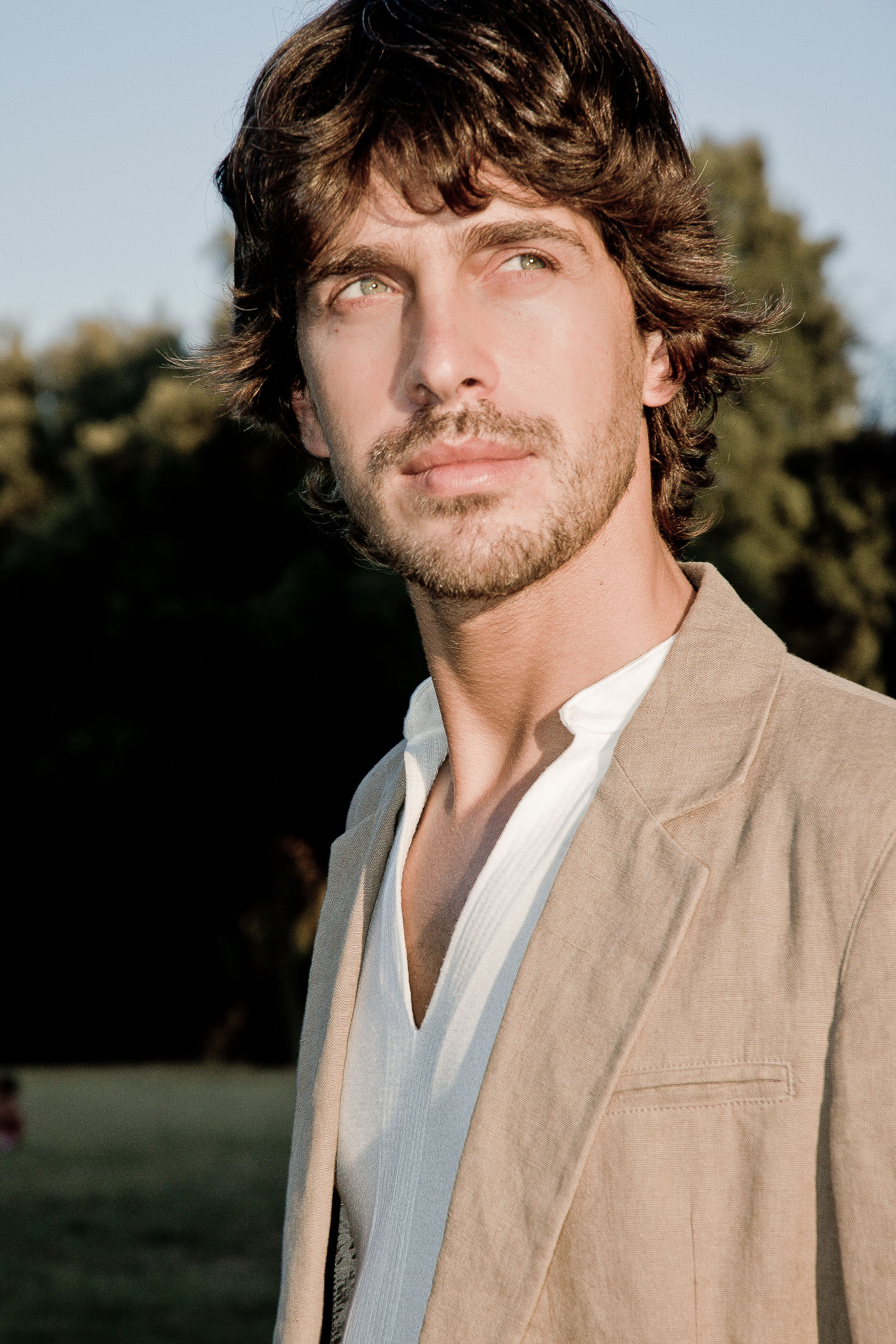Review
Thomson Carpenter
Architect Antonino Cardillo’s Sicilian hometown, Erice, is watched over by the ancient temples of the Roman goddess of beauty, love and fertility, Venus Erycina. Little wonder, then, that he’s so entranced by the history of place. He tells Thomson Carpenter about his philosophies, influences and passions.
‘Without memory it is impossible to build a credible present’, says Antonino Cardillo, the suave and elegantly tailored Italian whose expertly engineered and free flowing residential designs are renowned for their considered aesthetic. ‘A serious risk for contemporary society is to repeat the recent past in a loop of banality. History is a paradigm representative of continuous interaction between mankind. I therefore believe that architecture today should act as a unifying force through which a positive connection is propagated. Ultimately, love creates the positive energy that drives the world forward and nowhere is this more apparent than in architecture. When adverse entities not only meet but learn to love one another, new languages are born. The same principle applies to design, the most fertile of which has historically always been a violent and sexually emotional act between different cultures’, Cardillo continues. ‘But whereas architecture has traditionally been used to express power and wealth, in the modern era it is far more about creating a better world in which to live’.
A fairly utopian view to take but one that Cardillo has managed to successfully translate nonetheless. Having trained at Palermo under Antonietta Iolanda Lima (the revered architect, critic and historian of architecture and urban studies), Cardillo has had his own practice in Rome since 2004. Specialising in architecture, interior design and urban revival, Cardillo now operates on a global scale and his distinctive schemes have won him wide acclaim for their curvaceous forms and intelligent use of natural materials. Interactions with the elements—sun, rain, wind and sound—are of more importance to Cardillo than furniture: ‘A contemporary house shouldn’t just be a collection of inanimate objects’, he says. Monolithic at times, sculptural at others, Cardillo’s work, while thoroughly modern, bears more than a passing affinity to the architecture of ancient Rome. It would come as no surprise if Vitruvius’ De Architectura featured high on his list of favourite reads.
‘Sadly, I don’t think that architecture can actually change the world in which we live but it can certainly influence it. In design, one needs to accept reality—complete with all its flaws and contradictions—and thereafter determine a way to best work around it, creating a more humane, poetic and spiritual environment’.
The first to admit to being a dreamer, Cardillo concedes to inhabiting a virtual world, a parallel universe, moreover describing his fall into architecture as a chance happening.
‘I was 17 years old and at home in the Sicilian countryside. It was late and, amidst the warm honey-coloured hues of the afternoon sun, I spotted a small tower. Then and there I decided that I would like to build a room atop of that tower, complete with four glass walls framing the magnificent views. The next day I bought a dictionary of architecture and spent the ensuing summer reading up, with fascination, on various forms of design and the influences on it. Architecture is a place of mind’.
But it wasn’t all rustic Italian stonework and the charms of antiquity. Cardillo’s perspective bares the influence of his generation, too.
‘In 1984, my father founded a small software house’, he recalls. ‘I was nine years old but I have a clear memory of those giant computers without keyboards, beige and black monitors and enormous floppy disks. That was a magical and futuristic world made of computer languages, devices and other strange things. All this stuff had an effect on my imagination. From there I started to dream of the future, but it was a future different from our present. The computer world of the 1980s was both naïve and underground, very different from today’s. I spent my early life in those landscapes made of black screens, big pixels and videogames such as Ultima IV on my Commodore 64. I still have memories of those places, as if I had really been there’.
As many great architects will agree, inspiration is not always simply derived from visual edifices.
‘Completing my architecture studies in Palermo, I was going through a premature midlife crisis and unsure of where to turn to next’, says Cardillo. ‘Then one autumn evening, I discovered and fell in love with Pink Floyd’s The Dark Side of the Moon album. It was the beginning of many trips into their cinematic and architectonic soundscapes. I learned much from Floydian music and through it I started to see architecture inside music’.
The future, as Cardillo sees it, is as warm and inviting as that first inspiring summer’s day. ‘The right use of computer technology enables the architect to expand his activities from a single territory’, he says. ‘I intend my practice to be a flexible instrument, able to move easily in different countries, following clients and personal interests. I love travelling and I believe that discovering different cultures is the best antidote to the standardisation of language and the loss of creativity’.
That sense of adventure brought him to Australia on one occasion to design a house in Melbourne, which offered its own challenges. ‘Usually I try to find some connection with the history of the place but I wasn’t interested in following just one direction so I got some inspiration from the Venetian origin of my client. In the end, this project gave me the opportunity to create a bridge between ancient Byzantium and contemporary Australian style. This shows my personal philosophy about architecture: a way to unite people and their different roots’.

Antonino Cardillo, Villa Doria Pamphilj, Rome, 2009. Photography: Simone Greggi